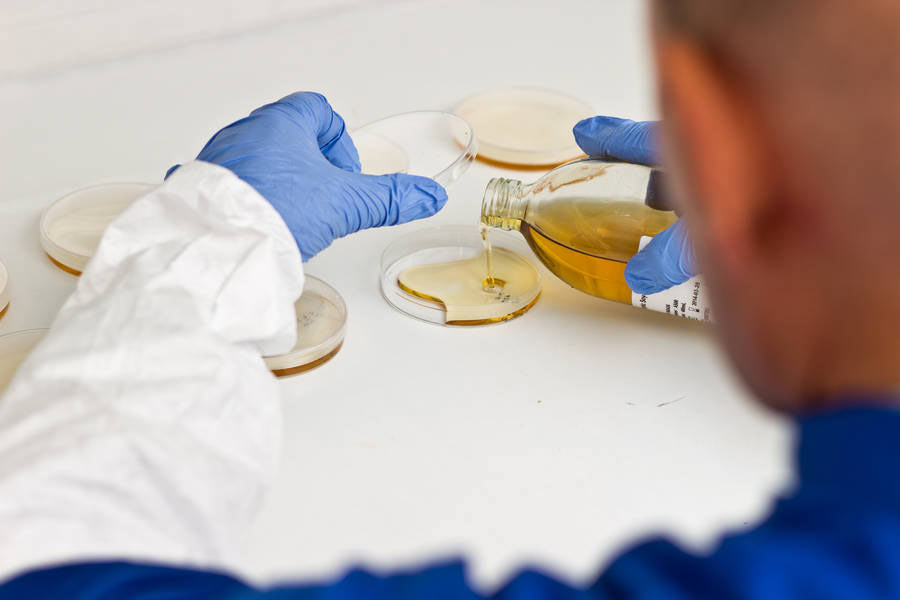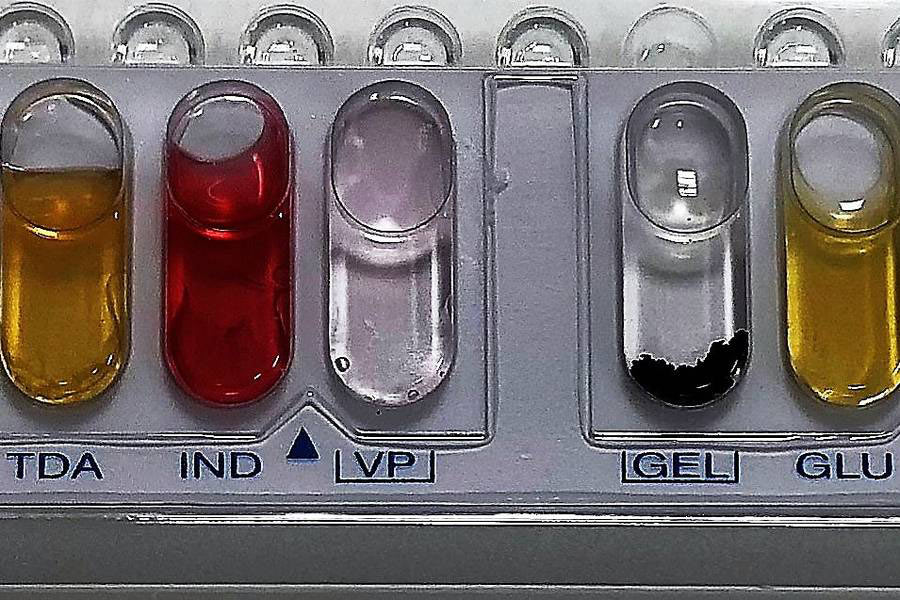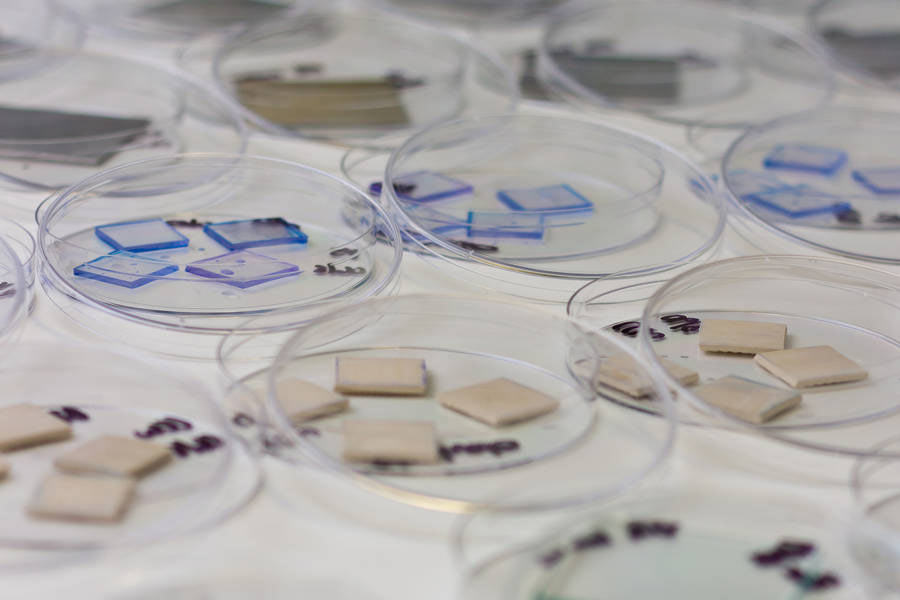Absence of Specified Microorganisms
Proving water purity for regulatory compliance.
Absence of Specified Microorganisms Testing
Pharmaceutical grade water, including Purified Water (PW) and Water for Injection (WFI), must comply with the strictest microbiological standards. One of the most critical is the absence of specified microorganisms — ensuring water is free from objectionable organisms that could compromise product quality, patient safety or regulatory compliance.
At Honeyman Laboratories, we carry out absence testing in full alignment with:
Which organisms are tested?
Depending on product type and water use, the following organisms are typically targeted:
Our testing employs validated enrichment broths and selective agar media designed to recover even low numbers of organisms. Incubation is typically 18–72 hours depending on the organism and media, providing reliable detection without unnecessary delay.
Why is absence testing important?
Routine total viable count (TVC) monitoring tracks microbial trends in water systems, but it does not confirm the absence of specific objectionable organisms. Absence testing provides assurance that critical pathogens are not present, fulfilling pharmacopoeial requirements and demonstrating control of your water system in line with GMP.
Why choose Honeyman Laboratories?
Honeyman Laboratories is trusted by leading global pharmaceutical manufacturers to provide accurate, compliant and independent microbiological testing. Whether you need routine compliance checks or bespoke validation protocols, we deliver the reassurance that your pharmaceutical water systems are safe, compliant and inspection-ready.
Our Customers:
























